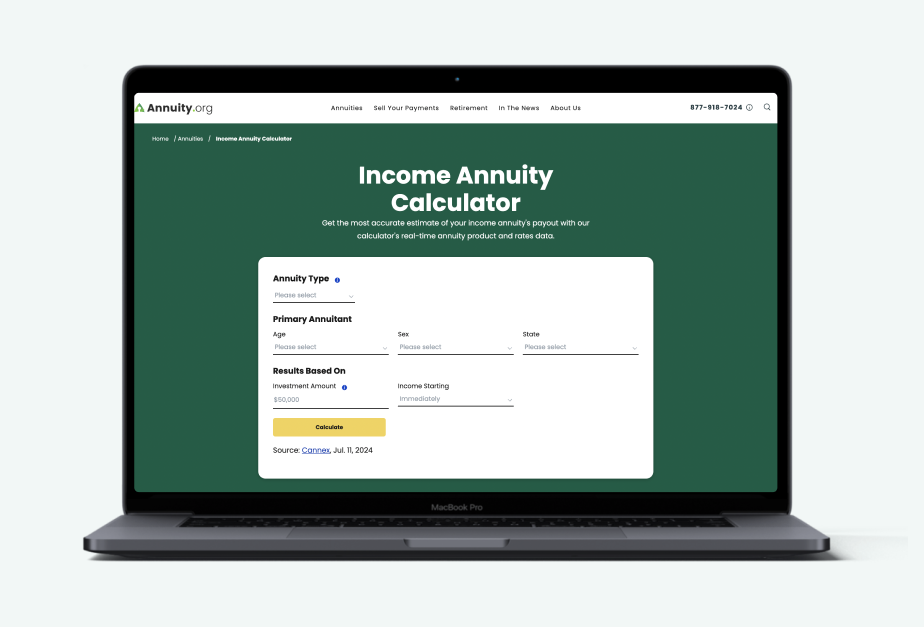With the Federal Reserve keeping its powder dry and not moving interest rates at its central bank policy committee meeting on June 18, annuity consumers may wonder what lower interest rates mean for their contract payouts.
Currently, the baseline Federal Funds rate stands at 4.25%-4.50%, although Fed watchers expect the Fed to lower rates by up to 0.5% later in 2025. The US inflation rate and the consumer price index are drifting lower, to 2.4% each, as the US economy cools and the Fed keeps a close eye on inflation.
“No FOMC official has been advocating for a policy change, so the decision to hold should be easy,” Michael Feroli, chief U.S. economist at JPMorgan Chase, said in a recent research note.
With rates in moderate decline, annuity holders can expect some downward adjustments.
“Lower interest rates directly impact insurer investment portfolios and pricing,” said Raoul P.E. Schweicher, managing partner at MSadvisory. “Insurance companies must adjust annuity crediting rates to reflect reduced bond yields and fixed-income returns.” “
When insurers can only generate 3% returns versus 5% on their underlying investments, they cannot sustain higher payout rates. “This creates a direct correlation between market rates and annuity product pricing,” Schweicher noted.
As rates dip lower, annuity experts highlight several key factors that contract holders should know. These points are at the top of the list.
Some Annuity Contracts Are Seeing Lower Payouts
Insurance industry experts say they’re already seeing contracts entering the market with reduced crediting rates and less attractive terms than those offered just a year ago. That scenario impacts variable annuities more than fixed annuities due to how each annuity contract is structured.
‘With variable annuities, the impact depends more on market performance, but many of those products also come with income riders tied to interest-based formulas,” said Chris Heerlein, a financial adviser and the CEO of REAP Financial, a retirement planning firm based in Austin, Texas. “So even if the market does well, low rates can still limit how much growth gets locked into the income base.”
Once you buy a fixed annuity, the terms are typically set. “However, for products with flexible crediting rates or income riders, insurers may reduce future crediting rates if allowed under the contract,” Heerlein said.
More Cost Pain for New Annuity Buyers
Consumers with older annuities may be shielded, but new buyers face trade-offs.
“If someone is locked into a lower-rate product, there’s limited flexibility without surrender charges,” Heerlein added. “That’s why we often recommend using annuities as part of a blended strategy, not your only income source.” Clients with laddered annuity purchases or those using fixed indexed products with reset periods may still find ways to improve long-term outcomes.”
Potential Options for Annuity Holders
By and large, if you’re already locked into a fixed annuity, you’re mostly protected, but if you’re shopping for one now, you’ll see lower payouts than someone who purchased during higher-rate years.
“Some consumers may have options like exchanging contracts through a 1035 exchange or adding riders that allow some flexibility, but every situation is different,” said Danny Ray, founder at PinnacleQuote, a Jacksonville, Florida-based insurance agency. “Overall, it’s crucial to carefully review options with a financial expert before committing.”
“If someone is locked into a lower-rate product, there’s limited flexibility without surrender charges,” Heerlein said. “That’s why we often recommend using annuities as part of a blended strategy, not your only income source. Plus, clients with laddered annuity purchases or those using fixed indexed products with reset periods may still find ways to improve long-term outcomes.”
One helpful tactic is deploying a laddered annuity timing strategy using split premiums.
“Instead of locking in 100% today, consumers can fund half now and hold the rest in a short-term fixed product (like a 1-year MYGA), allowing re-entry at more favorable future terms,” said Tapos Kularm, founder of FinanceIdeas.org, a financial advisory platform. “This micro-laddering approach offers both rate sensitivity and downside insulation, and it’s underused because most agents don’t want to split commissions across multiple carriers.”




